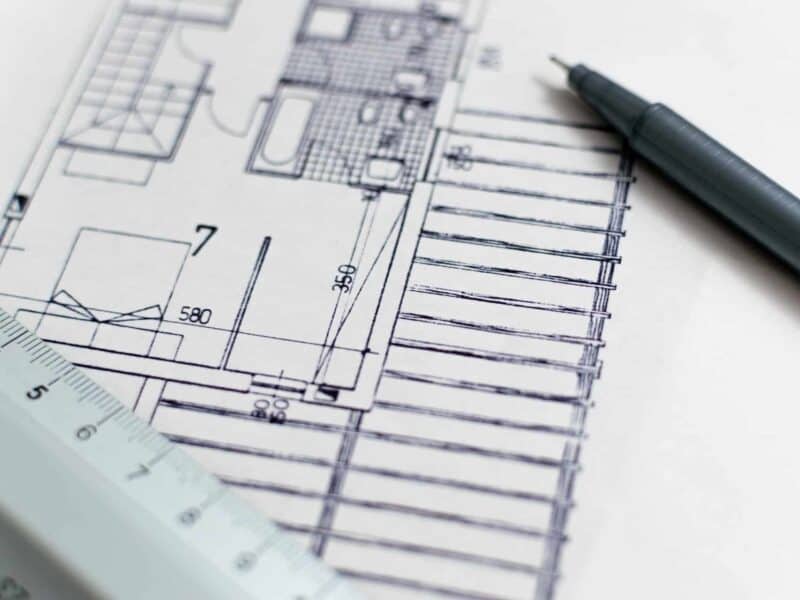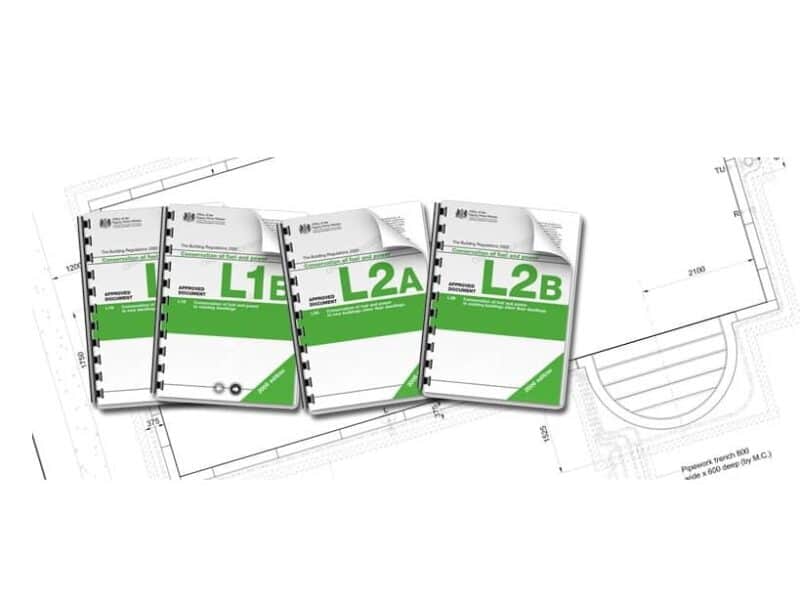
Getting planning permission is not the onerous task that many people seem to think it is, it’s just a case of following the right steps and not breaking the rules. And the planners are actually ordinary people; it is perfectly possible to get advice from them.
Do I Need Planning Permission?
If your renovation is simply a case of restoring an existing house back to its former glory, then there shouldn’t be any need to obtain permission. There are a lot of rules concerning where you need planning permission and where you don’t, but the important thing to understand is that, legally, it is up to you to understand it, and if you do something that breaks planning laws, saying ‘I didn’t know’ will not be of any use.
Generally speaking though, unless your house is listed, you won’t need planning permission for interior work or minor works outside the house.
If building work is to take your house nearer to its boundaries, or if it is more than a set amount in volume (there are different limits for different types of houses) then planning permission will probably be needed.
Every case will be different though, and it’s up to you to make sure.
Local Area Plans
Another issue is whether or not your modifications conform to the overall plan for your area, which will have been set up by the planners.
So if, for example, the local plan forbids buildings taller than a certain height in your town, you will be refused planning permission if you want to go higher than that.
Keep Your Neighbours Sweet
Your neighbours need to be considered too. If your building plans will adversely affect their life, for example, by blocking light through their windows or overlooking their garden, then they can appeal against your plans.
The smart way around this is to go and see your neighbours, explain what you are doing, and deal with their objections before the planning application goes in. People are likely to get sniffy if the first they hear of your plans is when the notice is stuck to the lamppost outside their front door.
Get a Consultation
This is a complex area with different regulations in different regions, particularly if you live in a Conservation Area, an Area of Outstanding Natural Beauty or a National Park.
Most local planning offices offer a free, informal consultation with a planning officer before you apply, where they will advise you as best they can as to how likely it is that you will be granted permission.
How to Apply
Assuming you do need planning permission, you can do it yourself or ask your builder or architect to do it on your behalf. After contacting the local planning authority (you can get the address from the phone book) to check that you need permission, and what type, you can obtain the correct form and fill it in.
Then submit this, along with all relevant drawings, showing the plan of the site, details of your changes or additions and the correct fee. You may need to do three or even more copies of the drawings, your local office will advise you.
The planning authority will check your application, make sure you’ve submitted everything correctly, asking for any clarifications or further documents if necessary, and acknowledge in writing that they have received your request, usually within a week. They then look at the plans and check that they comply with the local plans for the area and do not infringe any other planning rules.
Consultation Period
The planning office then put the little notices up in your area to let people know what you are intending to do, and wait for a set amount of time (usually about eight weeks) to see if anyone questions your plans.
Assuming no objections, the plans are assessed at a meeting of the planning committee and assuming all is well, your permission is granted.
Did I Get My Permission?
There are three possible outcomes:
- Permission is granted
- Permission is granted with conditions
- Permission is refused.
If you get permission with conditions, you must comply with those conditions when you do the work. If you feel you cannot meet the conditions, you can re-work your project and re-submit the plans.
Appeals
If permission is refused, you can appeal to the Planning Inspectorate, which will check on the decision and see if your planning committee followed the correct process and plans. If they find that they did not, they may grant planning permission.
It is probably only worth trying this if you believe that they have made a mistake, as you will have to explain why they did so in your appeal documentation.
If you are advised by your architect or builder that an appeal is unlikely to be successful, the best course of action is to talk to the planners about the reasons for the rejection, then re-apply for permission with a new set of plans that have taken those objections into account.
Planning Portal
Although this might sound complicated, if you listen to the planners it should be easy, if long-winded. The government have done a lot of work to try and de-mystify planning and there are excellent plain English descriptions of each step on their website.
It’s Worth the Trouble
The main thing to remember is that if you do not get planning permission, or if you go against conditions set out in your permission, the planning authorities have very wide-ranging powers.
They can halt your build and instruct you to demolish or correct the offending part of your project, and if you don’t comply in time you will be taken to court. So it’s well worth getting your head round the planning process and sticking to it!


